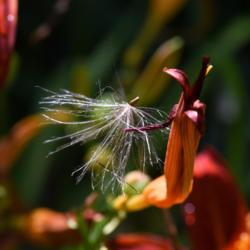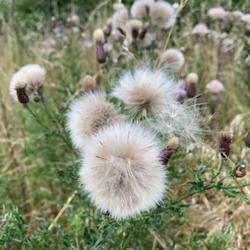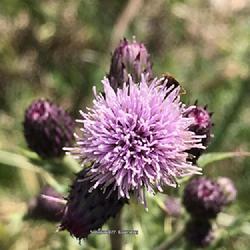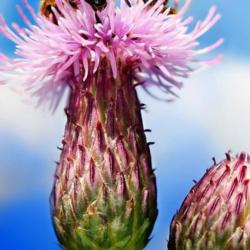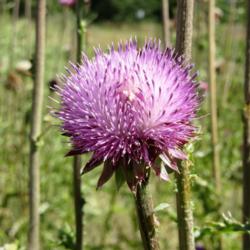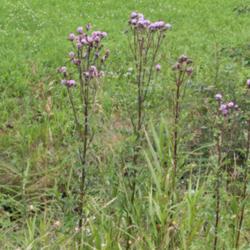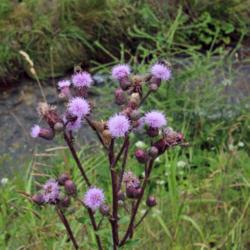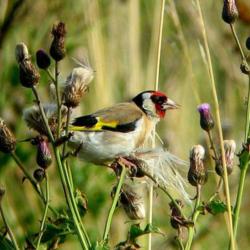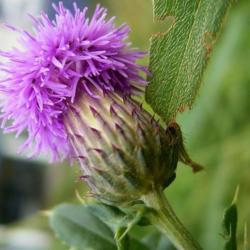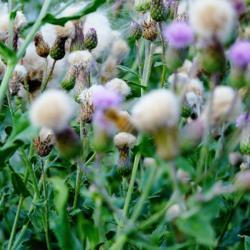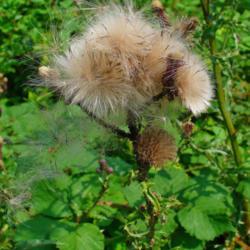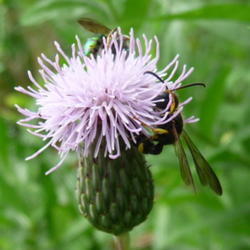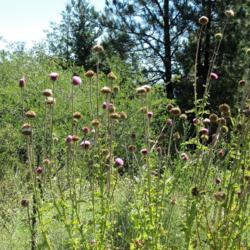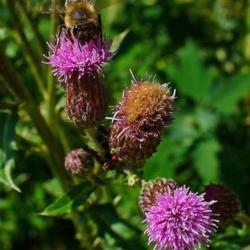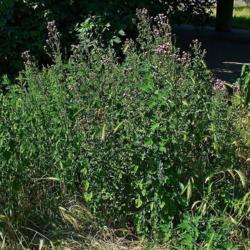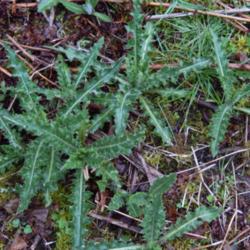Posted by
bloominholes2fill (Canton, OH - Zone 6a) on May 13, 2023 1:58 PM concerning plant:
This invasive weed has begun to spread in my yard and heavily mulched perennial gardens during the last two growing seasons as a result of neglect, due to family health issues taking up most of my time. So this year, I am in an all out war with this invasive plant! It is originating in our new neighbor's inherited and long time neglected by the previous homeowner (due to age) raspberry patch and we are down wind. Also, we're in the city with small lots. I am not a happy camper, and I am absolutely determined to completely avoid digging up my perennial gardens, so I am taking measures in hopes to kill them systemically. I'll be keeping on top of it and catch them in their earliest stage of growth when possible. I will also be raking the mulch and laying down a barrier like landscape fabric for underneath, where they're sprouting in the larger, less densely planted areas of the gardens. I just read that spreading corn gluten as a pre emergent works IF one times the application perfectly in the Spring. It's too little, too late for me this year, but I will definitely try that next Spring bc as long as the neighbors do nothing about theirs, it will be an extended effort for me and my best hope is using a pre emergent. Wish me luck! 🤞🤞🤞
Posted by
cwhitt (Central Ohio 43016 - Zone 6a) on Feb 21, 2018 8:59 AM concerning plant:
This Canada Thistle is pretty invasive and can really take over an area very quickly. It can choke out other plants and wildflowers quickly. They are growing at at the condo where I live (Ohio), but they just happen to be growing in a small area contained on all sides by asphalt. Otherwise, they would probably need to be removed as too invasive for our condo setting. But even though the plant is invasive, I can see that it has it benefits in its contained area. The goldfinches love them, and it might not be an accident that the goldfinches showed up at the same time the thistle started growing. Also, tons of bees are attracted to the masses of light purple flowers. In the fall, they do tend to lose their appeal a little and start to look a little weedy. Even so, it is nice to have this little area of wildness in a formal condo setting.
Posted by
Bonehead (Planet Earth - Zone 8b) on Apr 16, 2014 8:16 PM concerning plant:
This is a non-native invasive in the Pacific Northwest (originally from Eurasia). It quickly will overwhelm an entire field and livestock generally won't eat it. The best way we've found to eradicate it is to simply mow it regularly. If it doesn't go to seed, it will eventually go away. Patience is a virtue.
On the plus side, the peeled stems and roots are edible in a pinch.
Posted by
Mindy03 (Delta KY) on Mar 4, 2012 12:27 PM concerning plant:
Honey bees get nectar from this plant which produces a white colored honey.



